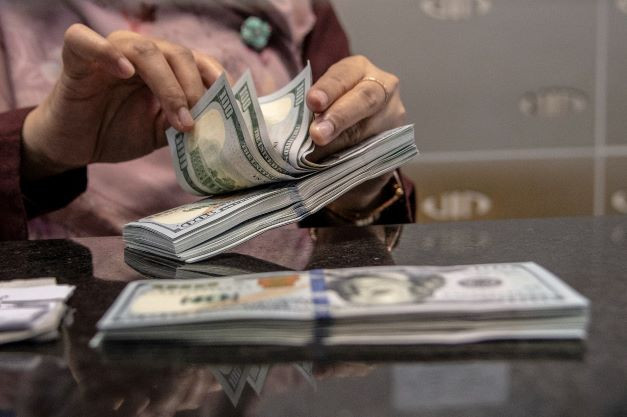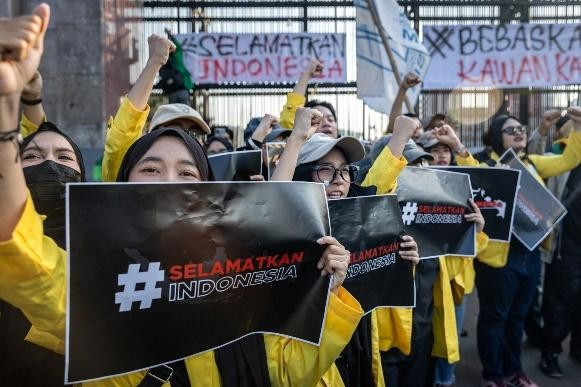Popular Reads
Top Results
Can't find what you're looking for?
View all search resultsPopular Reads
Top Results
Can't find what you're looking for?
View all search resultsThe cost of BI and the Fed monetary tightening
As the spread between BI and the Fed rates dropped to 1 percent from 3 percent, the yield on Indonesian financial assets became less attractive to investors.
Change text size
Gift Premium Articles
to Anyone
T
he race between Bank Indonesia (BI) and the United States Federal Reserve (the Fed) in increasing interest rates will continue in 2023. Over the past year, the Fed raised its interest rate at the fastest pace since the 1980s, from near zero to more than 4.5 percent. But consumer spending in the US is not slowing and the labor market remains tight.
Fed chairman Jerome Powell has reiterated on many occasions the Fed would keep raising the interest rate, even if it inflicted pain on the economy, to bring down inflation to its targeted level of 2 percent. Given inflation is currently at 6.4 percent, bringing down the rate to 2 percent means the Fed will have to raise its interest rate substantially, with the risk of pushing the US economy into recession.
As the Fed is determined to tame inflation, more interest rate hikes in the US are a matter of “when” and “by how much”, whether 0.25 or 0.5 percentage points. For BI, this means it will have to continue hiking the interest rate in order not to be far behind the curve and to maintain Indonesian macroeconomic stability.
Throughout last year, the Fed raised the interest rate seven times, while BI raised it five times. As of July 2022, when the Fed had increased its rate four times, BI still had not made a move, keeping its benchmark interest rate (seven-day reverse repo rate) at 3.5 percent. The race in raising interest rates continued and by December 2022 the BI rate stood at 5.5 percent, with the Fed rate at 4.5 percent. The spread between the two rates narrowed to 1 percent, from 3 percent at the beginning of 2022.
For BI, tightening its monetary policy is like facing a trade-off between supporting economic growth on the one hand and protecting foreign exchange and capital flow on the other. By increasing its interest rate by 2 percentage points in 2022, BI monetary policy still provided space for the economy to grow 5.3 percent. This was a strong growth by any measure. Growth of each sector was affected differently, with interest-sensitive sectors like construction and real estate severely hit, growing only 1.7 and 2 percent respectively. Higher interest rates did not affect the manufacturing sector, the biggest sector in the economy, as it grew relatively strongly at 4.9 percent after growing at 3.4 percent in the previous year.
The effect of BI interest rate increases on inflation was not clear-cut. Inflation went up to 6 percent in September 2022 due to the spike in energy prices. Core inflation (excluding food and energy components) was stable at 3.3 percent. After BI hiked its interest rate by a further 1.25 percentage points in the fourth quarter, inflation came down to 5.5 percent. But increases in energy subsidy in September contributed to the constraint of price increases, easing BI’s efforts to further tighten its policy.
But the narrowing spread between BI rates and the Fed rates were costly for the Indonesian economy. As the spread between BI and the Fed rates dropped to 1 percent from 3 percent, the yield on Indonesian financial assets became less attractive to investors. Capital started flowing out from the country, and the rupiah exchange rate weakened vis-à-vis the US dollar.



















